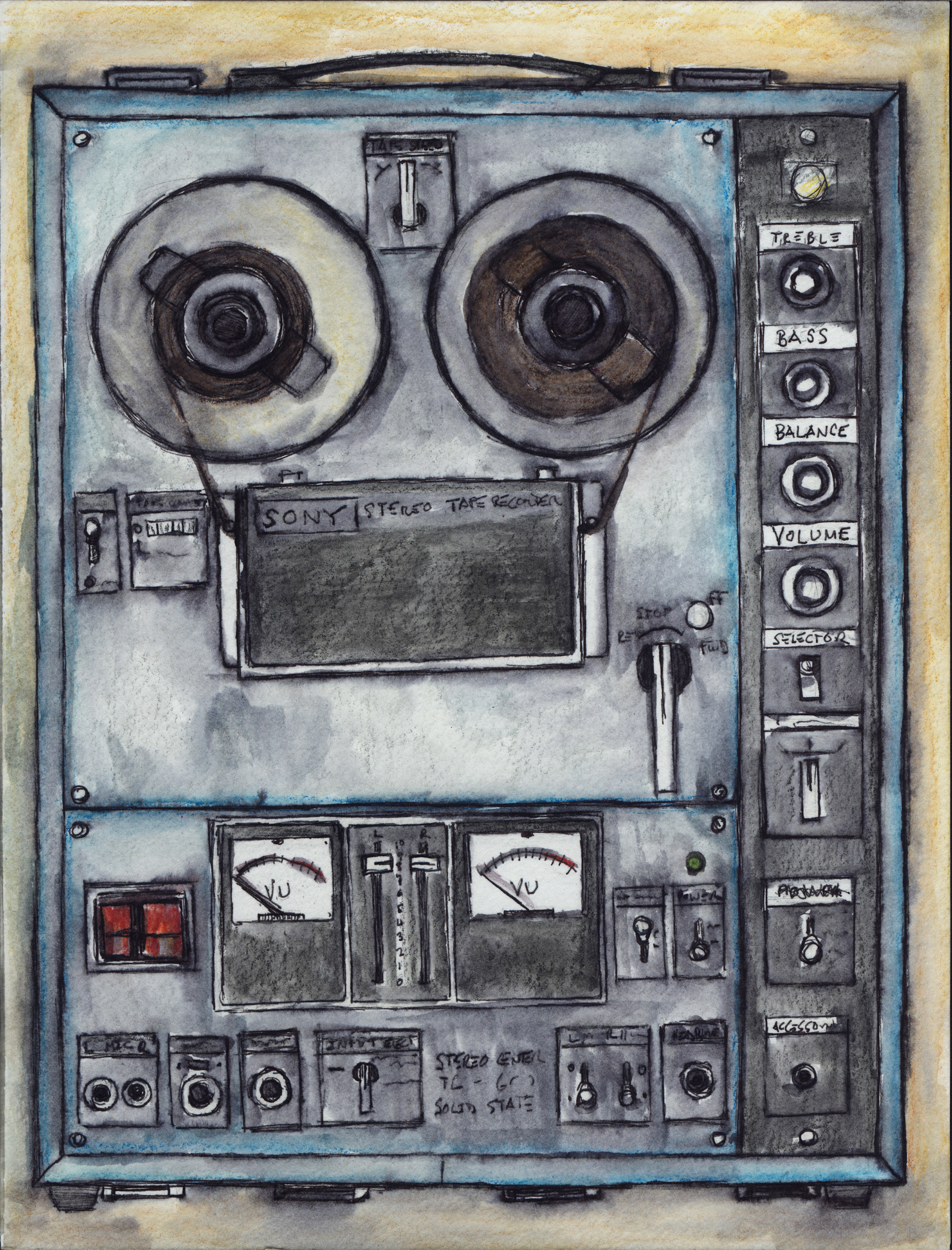Over the years, I've replaced most of the incandescent bulbs in my home and in my studio with LEDs. The incandescents ranged from 35 W low-voltage halogens, to 60 W standard "Edisons", to 75 W reflectors. Meanwhile, the replacement LEDs are 3–12.5 W bulbs. That's a power-requirement reduction of roughly 3,000 W for the 60+ bulbs in my studio building alone. If I were to run those lights for 10 hours/day (like a commercial studio might), I'd be saving 900 kWh of energy per month. At an average cost of $0.16 per kWh for a commercial account in Massachusetts, that would equate to an annual savings of $1,728. Just a few years ago, good LED bulbs cost $20 per bulb. The bulbs I purchased most recently were $7 per bulb. Do the math, and you'll realize that the initial investment in the bulbs will pay off very quickly in energy savings. (LED bulbs last for decades or longer; therefore, you won't be purchasing new bulbs very often.) So, which bulbs should you buy? Other than bulb shape, light output, color temperature, beam width, and wattage — all of which are usually specified in standardized metrics — you should be concerned about audible noise, EMI/RFI, flickering, and dimmability. These last four traits are associated with the driver electronics in the LED bulb, which from my experience, can make or break a bulb (so to speak).
For example, I would not recommend Hyperikon LEDs www.hyperikon.com. I've tried many different styles of Hyperikons that suffer from driver-related problems: RFI emitted by the bulbs cripples nearby wireless equipment, like garage-door openers and producer-talkback remotes; momentary variations in supply voltage cause all of the bulbs on the same circuit to stutter and flicker in unison, horror- movie-like; and in groups of four or more, the bulbs flicker together when used with a dimmer, even an LED-specific one. Moreover, for the 12V MR16 models, the voltage conversion method (magnetic transformer or ELVT, whether LED- compatible or not) doesn't seem to affect the poor performance I've seen from this brand. I also don't recommend the Sunthin LEDs available on Amazon www.amazon.com. These are incredibly cheap (as low as $4 per bulb), but they exhibit visible 60 Hz strobing.
My favorite LEDs are from the Philips LED A, SlimStyle, and LED Spot lines www.philips.com. The LED A bulbs have a lower output/wattage ratio, but they work with all styles of dimmers (not just LED-specific ones), and they can dim to a much darker level than any other 120 V LED bulb I've tried. On the other hand, the SlimStyle bulbs are more energy efficient, but they don't dim nearly enough on Lutron Diva and Maestro incandescent dimmers; and even on the Diva and Maestro LED dimmers in my home, they still won't go as dark as I'd prefer. The LED Spots work well with all of the transformers and ELVTs in my studio and home. Importantly, none of these Philips bulbs have given me any trouble with RFI or flickering. I had an early batch of four SlimStyle bulbs make an audible whine as soon as I turned them on (I relegated those to the basement) but the other 30 or so SlimStyle bulbs have been dead silent.
In my studio, I've always used Lutron Centurion high-capacity dimmers www.lutron.com "with superior RFI suppression." As far as I know, this line is not available in an LED-specific model. With that said, my Philips LEDs work just fine on the Centurion dimmers, and the SlimStyle bulbs even dim to near-dark. Plus, I've never had problems with conducted EMI or radiated RFI from these dimmers. If you want to use Centurion or other incandescent dimmers with inferior LEDs that flicker, a good trick to know is that a single incandescent bulb on the same dimmer with the LEDs will usually cure the flicker. –AH

